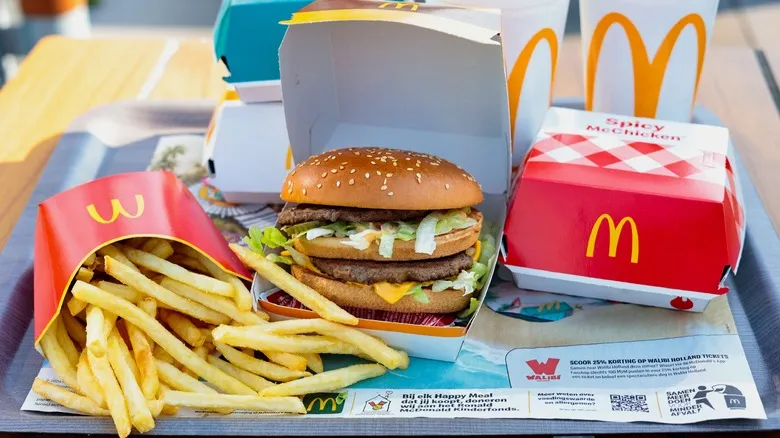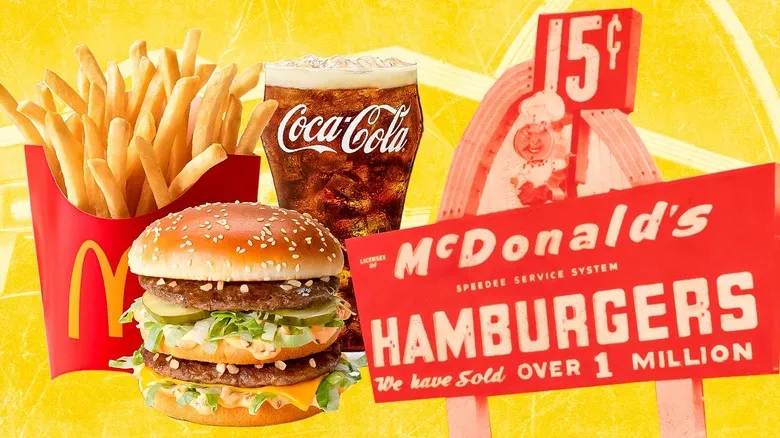The hiring and training process

Prepare for a demanding evaluation process if your resume makes it past the initial screening. If you receive an invitation to interview, you and the other candidates will need to showcase your culinary knowledge by taking a written test. According to former Michelin Guide inspector Chris Watson, this quiz lasts for an hour and a half and may include as many as 200 questions (as reported by Luxeat).
For those who successfully complete the written exam, the next step involves a series of interviews with the deputy editor and other team members in that department. The top candidates are then invited to lunch with the editor. This isn’t a leisurely three-martini affair; instead, you’ll be engaging in a conversation with the editor while evaluating the restaurant's food in real-time.
The extensive interview process leads into an even longer training phase. New inspectors begin their careers with six months of shadowing seasoned inspectors. However, this role doesn’t always follow a straightforward upward trajectory. Inspectors typically remain in their positions for about five years, with many staying from start to finish. According to ZipRecruiter, the salary is approximately $55,000. When it’s time to move on, former inspectors often transition into roles in food writing or consulting, while others may find opportunities within Michelin's editorial team.
Other factors affecting a Michelin inspector's job

It’s beneficial to blend in as an average diner rather than resembling the culinary counterpart of Sherlock Holmes, even if you might have as many pseudonyms as he does. Regardless of the persona you adopt when entering the restaurant, your goal is to persuade the waitstaff that you’re just an ordinary person who appreciates exceptional food, not a Michelin inspector. Essentially, the purpose of this disguise is to ensure that the restaurant staff treats you like any other patron.
Michelin aims to prevent restaurant staff from providing superior service to inspectors compared to regular customers. Diners value Michelin star ratings because these distinctions guide their dining choices. Therefore, the quality of the food should remain consistent, irrespective of who is enjoying it. Michelin inspectors are tasked with verifying this standard.
Inspectors have unconventional hours, with every meal potentially serving as a work assignment. Their schedules can be quite unpredictable. Moreover, the experience of being an inspector isn’t as glamorous as one might imagine. According to Luxeat, only one in ten restaurant meals receives a Michelin star, or even a mere honorable mention. It’s also common for inspectors to have multiple dinners in a single day if they need to visit numerous establishments within a limited timeframe.
For the love of the plate

It goes without saying that aspiring inspectors must have a genuine passion for dining out, perhaps even more than anything else. According to CNN, they typically enjoy around 275 meals a year, often starting with a careful examination of a restaurant's menu, sometimes dining solo for up to three meals a day. While attentive service is appreciated, the primary focus for inspectors is the quality of the food on the plate. This is the foundation for their ratings across the 39 regions the organization evaluates. The dishes may vary with changing trends, but the expectation remains that whatever the chef prepares should be visually appealing and delicious.
In general, one-star meals highlight local ingredients and respect traditional cooking methods. At the two-star level, dishes become more intricate, featuring unique ingredients and showcasing exceptional culinary techniques. As for three stars? The quality must be consistently outstanding with each visit.
It's important to understand that if your restaurant is vying for three stars—the highest accolade from Michelin—the inspector (and possibly their colleagues) will return for additional evaluations. Rebecca Burr, a former inspector and editor of the "Michelin Guide Great Britain and Ireland," shared with CNN that it's not uncommon for a restaurant in contention for three stars to be visited three to five times. Some establishments may even receive more visits as part of the star-rating process. For inspectors, this means packing their bags and getting ready for another culinary adventure.
Recommended

Brazilian Lemonade Is The Creamy Citrus Drink That Requires No Juicing

How The Chicago-Style Hot Dog Was Born

The Reason McDonald's Hot Dogs Were Probably Never Going To Last

In The 1950s You Could Buy McDonald's Entire Menu For Under $2
Next up

